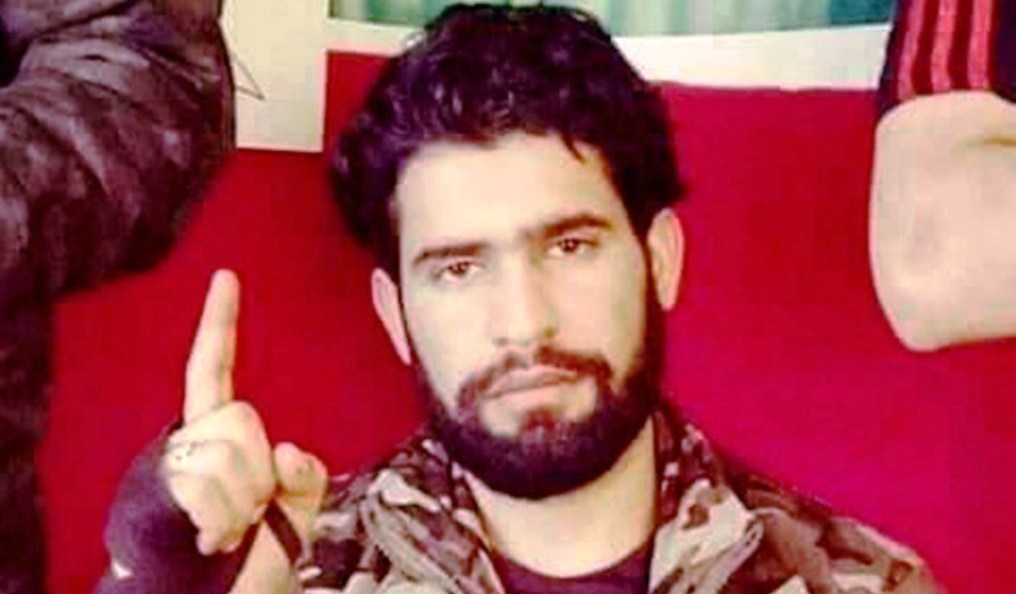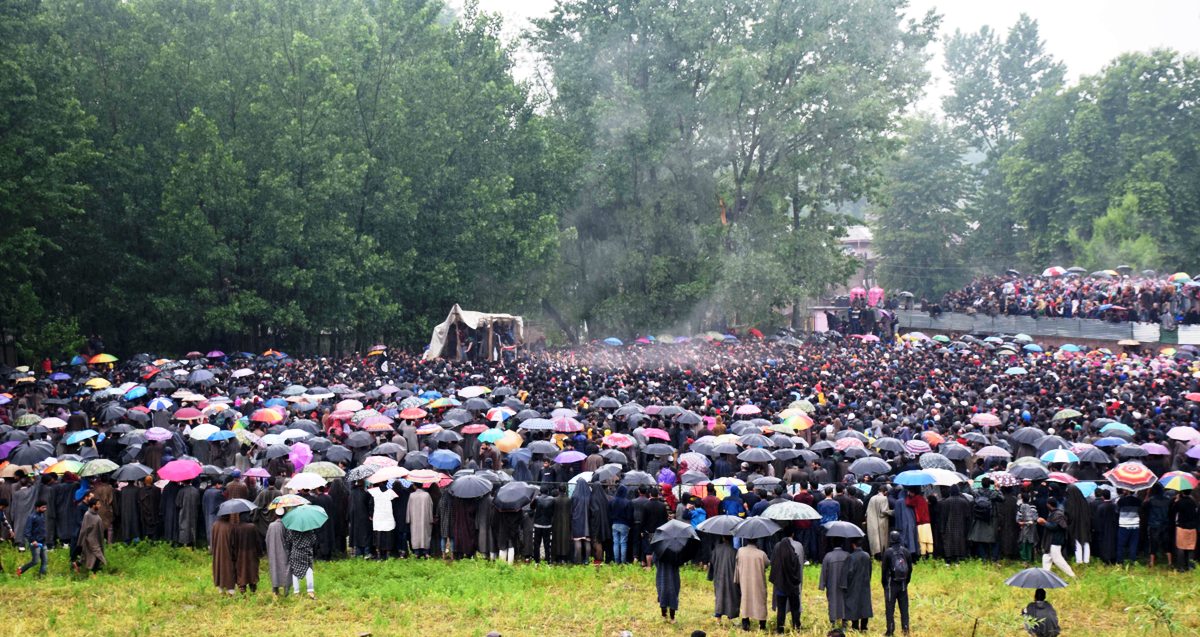It took counter-insurgency grid six years to trace Zakir Musa. But will his killing mark an end to the outfit he founded, asks Saima Bhat

In an 11-hours long encounter that coincided with the announcement of results of the 17th Lok Sabha, Zakir Rashid Bhat alias Zakir Musa was killed. He was heading Ansar Ghazwat-ul-Hind (AGuH). The state’s counter-insurgency grid termed it a major success.
The encounter started around 7 pm on May 23, in the outskirts of Dadsara village, almost at the Iftaar time. After a Delhi based news channel broke the news, it triggered tensions.
“I am 100 per cent sure that Zakir is inside but the body has not been recovered. But I cannot confirm his killing,” a senior police officer said at around 9.30 PM. But nobody knew the actual situation on the ground. By then, many youth had already reached Tral to be part of his funeral. Residents said they served Sehri to around 2000 boys in the Noorpora masjid.
It all became clear next morning when around 6 am, Zakir, according to residents jumped out of the two storey house and started running in the backyard towards an orchard where he was finally killed. Though there were claims about more than two militants in the house, he was the only militant inside the house for 11 hours.
Nobody knew that he was alive, neither the police nor the hundreds of youth who covered longer distances to be part of his funeral. Police sources, however, claimed he died in the initial exchange.
The funeral, as usual, was a spectacle. Tens of thousands of people were part of the funeral. Local residents said his mother did not come out to see him for the last time. There were multiple funerals and he was finally buried at around 3PM.
Born in 1995, Zakir was son of a homemaker and Abdul Rashid Bhat, a retired Assistant Engineer who lived in Noorpora (Tral).
A well to do family, his brother Shakir Rashid Bhat is an orthopaedic surgeon and his sister Shaheena a banker. Zakir was a B Tech student in Ram Dev Jindal College, Chandigarh Punjab but he left the course midway in 2013, and joined Hizbul Mujahideen. He is believed to have been recruited by Burhan Wani and his cousin Adil Mir. He became news in 2015 when his picture with militant Lateef went viral on social media, which was clicked in casuals somewhere in Srinagar.
After the killing of Burhan in July 2016, Zakir succeeded him. A year later, he started calling the Kashmir militancy as a struggle for the establishment of Islam and not for nationalism or secularism. He threatened to behead Hurriyat leaders and hang their heads in Lal Chowk. This triggered a Himalayan controversy as the separatists reacted and even militant brotherhood from Pakistan administered Kashmir chipped in.
Finally, Zakir left Hizb and formed his own outfit AGuH, as an affiliate of al-Qaeda.
Zakir remained elusive but his group released many of his audio messages wherein he targeted both India and Pakistan. He was critical of Pakistani establishment as well as leaders of United Jehad Council (UJC) over their handling of Kashmir militancy. But somehow his name clicked and he became very popular among Kashmiri youth. They started raising slogans about him while protesting. In his six years long life as a militant, he featured in top 12 “most wanted” militant list of the army.
With the killing of Zakir, his AGuH has been reduced to a five-member group reportedly.
The ISIS trademark black flags became common in 2014 when protestors started flagging them after every Friday prayer in Nowhatta area of old city. But after Zakir set up his AGuH, the al-Qaeda affiliated information network, Global Islamic Media Front announced the formation of its affiliate in Kashmir in July 2017. In November 2017, Mugees Mir of Tehreek ul Mujahideen (TuM) was killed in a gunfight in which a sub-inspector of the JandK Police also died. Mir, a resident of Parimpora, Srinagar became the first militant whose body was draped with the black flag before his burial.
On March 11, 2018, three AGuH inspired militants were killed in Anantnag in south Kashmir that included 19-year-old Eesa Fazili from the Soura area of Srinagar. He became the second militant to be shrouded with the black flag. The other militants that died along with Fazili were Syed Owais Shafi of Kokernag and Taufeeq, a non-Kashmiri recruit from Telangana. According to the police, Taufeeq was radicalised through online pro-ISIS propaganda.

On June 22, 2018, in a gunfight in Srigufwara four more militants were killed from the group. They were Dawood Sofi from Zainakoot, Srinagar, Maajid Manzoor from Talangam, Pulwama, Ashraf Itoo and Aadil Hasan Mir from Srigufwara.
On September 9, 2018, unidentified gunmen shot dead Asif Nazir Dar near Naseem Bagh Srinagar. He had first joined HM and then shifted to AGuH.
But the major blow to the group was on December 22, 2018, when they lost six of its members, including the deputy commander of the group Soliha Akhoon, who was considered to be very close to Zakir. The brief encounter took place in a hideout on Nowdal Road in Tral.
In January 2019, the separatist leaders condemned the waving of black flags inside Jamia Masjid in Srinagar and since the post-Fridayriday protests were reported from the place. Kashmiris separatists have maintained throughout that Kashmir lacks any connect, emotional or political, with the larger militant movements that have global agenda.
With the killing of Zakir, the AGuH lost its founder. He had dodged the security grid for six long years, as he kept his circle confined to limited people. Will the outfit fade away after Zakir? Nobody knows.















